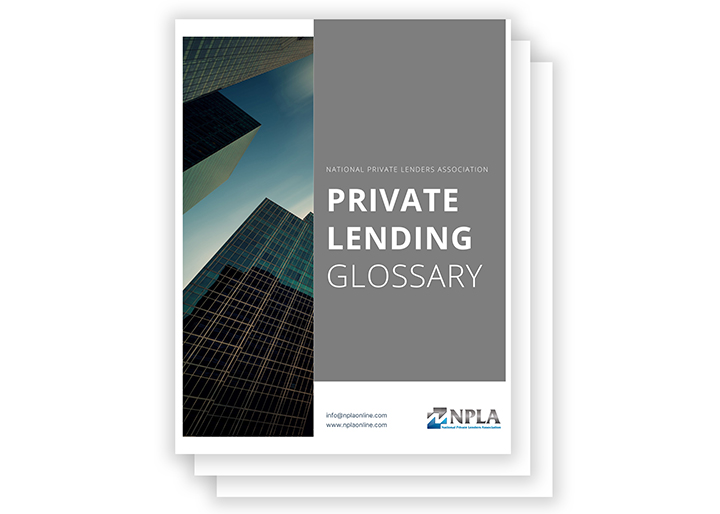Backflip Demonstrates National Growth with Launch in 41 U.S. Markets
The real estate fintech platform has expanded nationwide, acquired Austin-based Refinably, appointed its first Chief Product Officer, and has grown 3X year-over-year Backflip, an all-in-one real estate and fintech platform for fix-and-flip investors, announced its nationwide expansion to 41 new U.S. markets. First-time and experienced residential real estate investors from Alaska to Hawaii can now leverage Backflip’s data, technology, and capital to make better real estate investment decisions and quickly fund the rejuvenation of America’s
Read More











